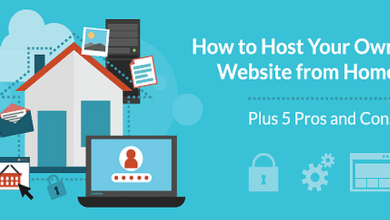Convincing your boss to invest in digital marketing

Understanding your objectives
As with any strategy, the first question is ‘what are we trying to achieve?’ You will of course have your own unique goals but you will most likely find that they will fit into one of a few distinct areas, each bringing with it a unique set of challenges; growth.
For example, businesses such as Facebook and Spotify focused solely on growth in their early period and didn’t overly concern themselves with monetization or profit until the business model had been proven and the user volumes were so large as to make the monetization potential and business value extremely high. More established businesses, however, or those that have a significant number of shareholders (such as financial institutions), will often be more focused on ensuring a return for their shareholders and long-term stability. Let’s look at these three distinct areas and discuss how digital marketing relates to each.
Your market and website function
So we have looked at some of the overall goals but now we need to look at some of the specific challenges you may have. One of the first influencing factors to consider is your market. For example, are you operating in the business-to-business (B2B) or business-to-consumer (B2C) space? The B2B consumer has a different frame of mind to the B2C consumer and it’s important to appreciate this: it will have an effect on your overall digital strategy, from your PR programmer and distribution to your on-site funnel. To illustrate this let’s look at a couple of examples of customer journeys.
Budget considerations
So far we have considered your organization’s objectives and we have begun to understand the decision-makers themselves. It is at this point that we can begin to look at other factors that will dictate the shape of our proposal. The first of these is the budget. A bigger pot of cash certainly allows broader spend across the digital mix but it doesn’t necessarily result in greater response. There will be a ceiling to the amount you can spend effectively so let’s quickly try to understand how to demonstrate to your decision maker that you are using their pot of money to its best advantage.
Digital budgets vary considerably from zero to multi-million. To understand how best to allocate your budget you need to appreciate your business KPIs. Here we come back to our objectives. If your business is looking for growth you may have a budget that must be spent in order to maximize growth or, quite the opposite, no budget and therefore maximum growth possible at no cost. You may be promoting a product with a tight margin and so have a very specific cost per acquisition that must be achieved, but no overall budget, so the challenge is to maximize volume within that CPA limit. Whichever challenge your business has, there are some core principles to assigning this budget.
Last word
As mentioned above, this book covers each channel in detail and so I won’t duplicate that by going into detail here. The purpose of this section is to pull out which of those channel benefits can be used to best effect when justifying digital marketing investment to your decision maker. Whatever mix you choose when developing your digital strategy there will doubtless be multiple channels. Even if you are working with a limited budget you are still likely to at least be developing both SEO and social strategies. How these channels interact is tackled towards the end of this section, but before that we will look at the specific benefits you can use when selling-in.




